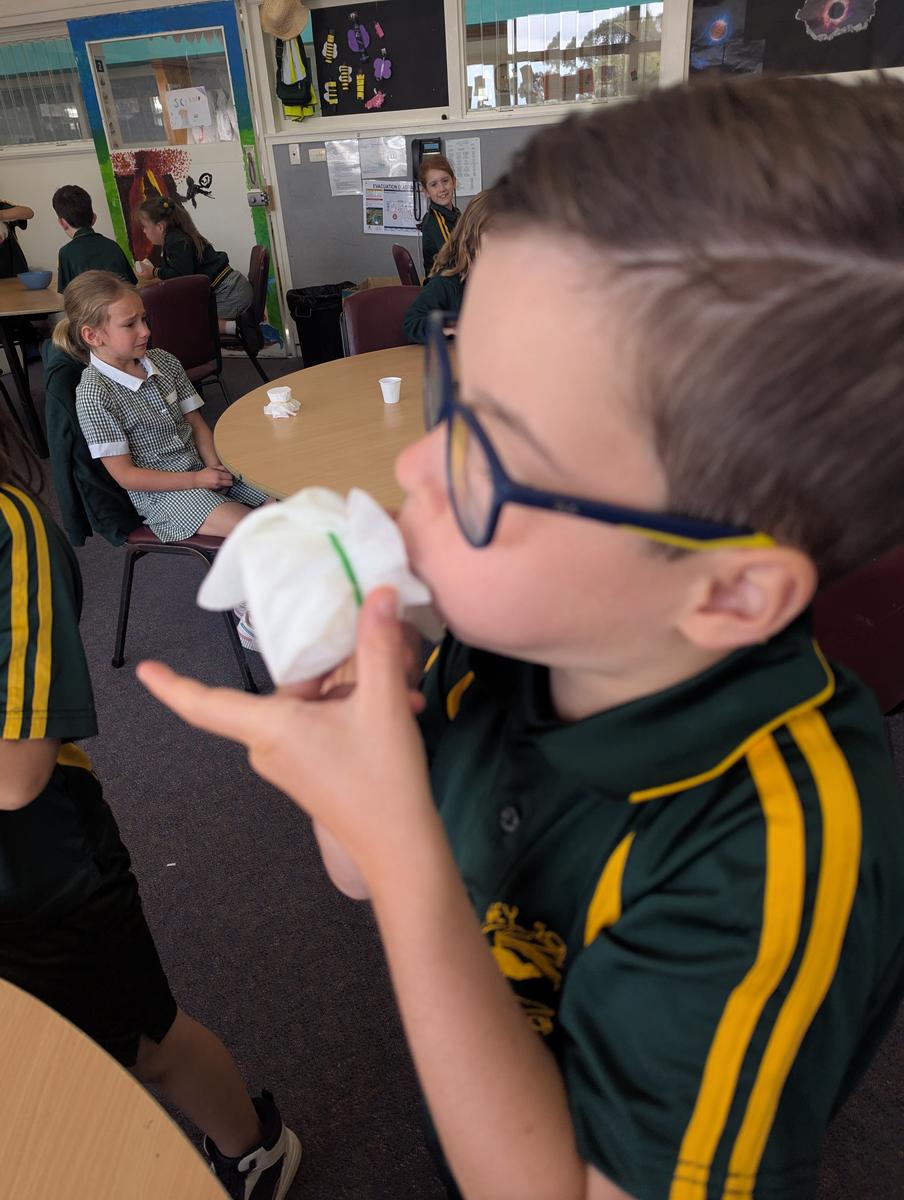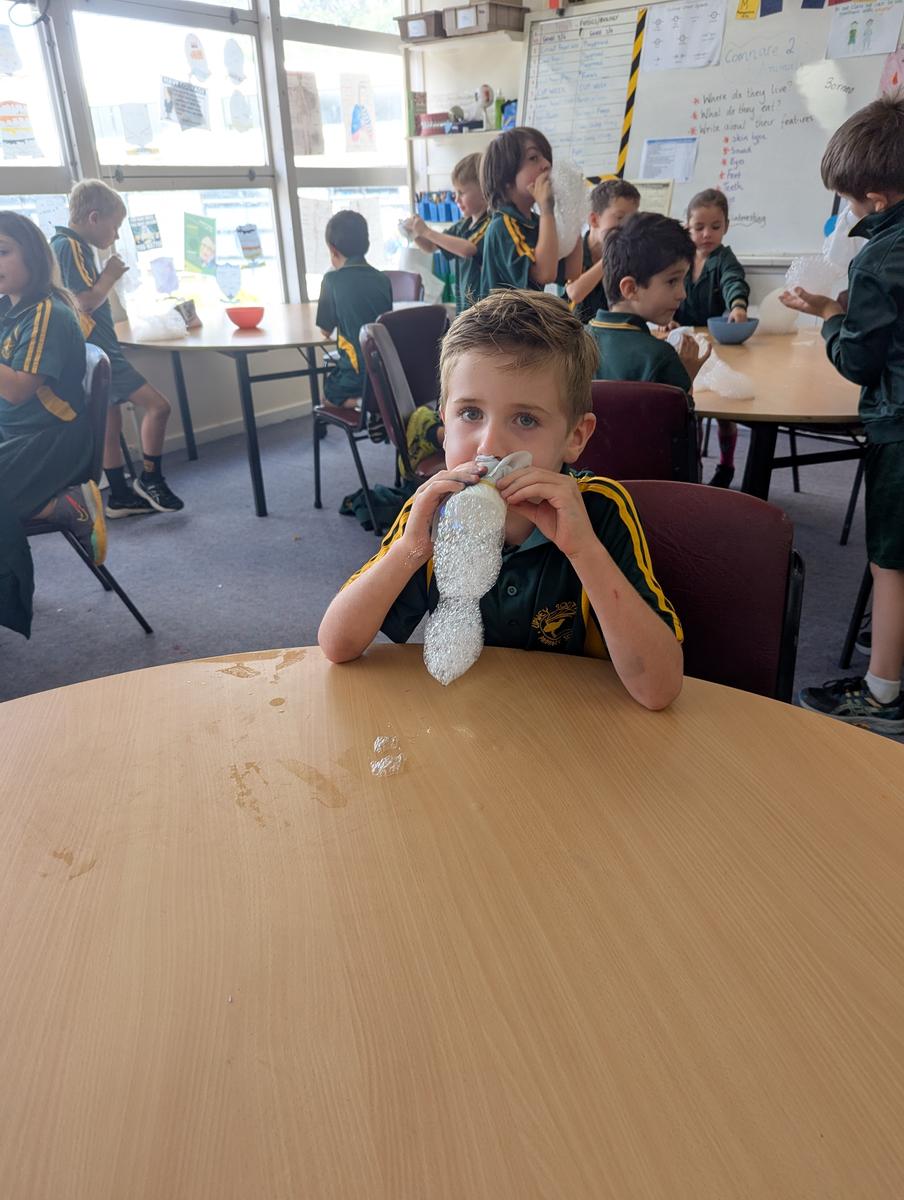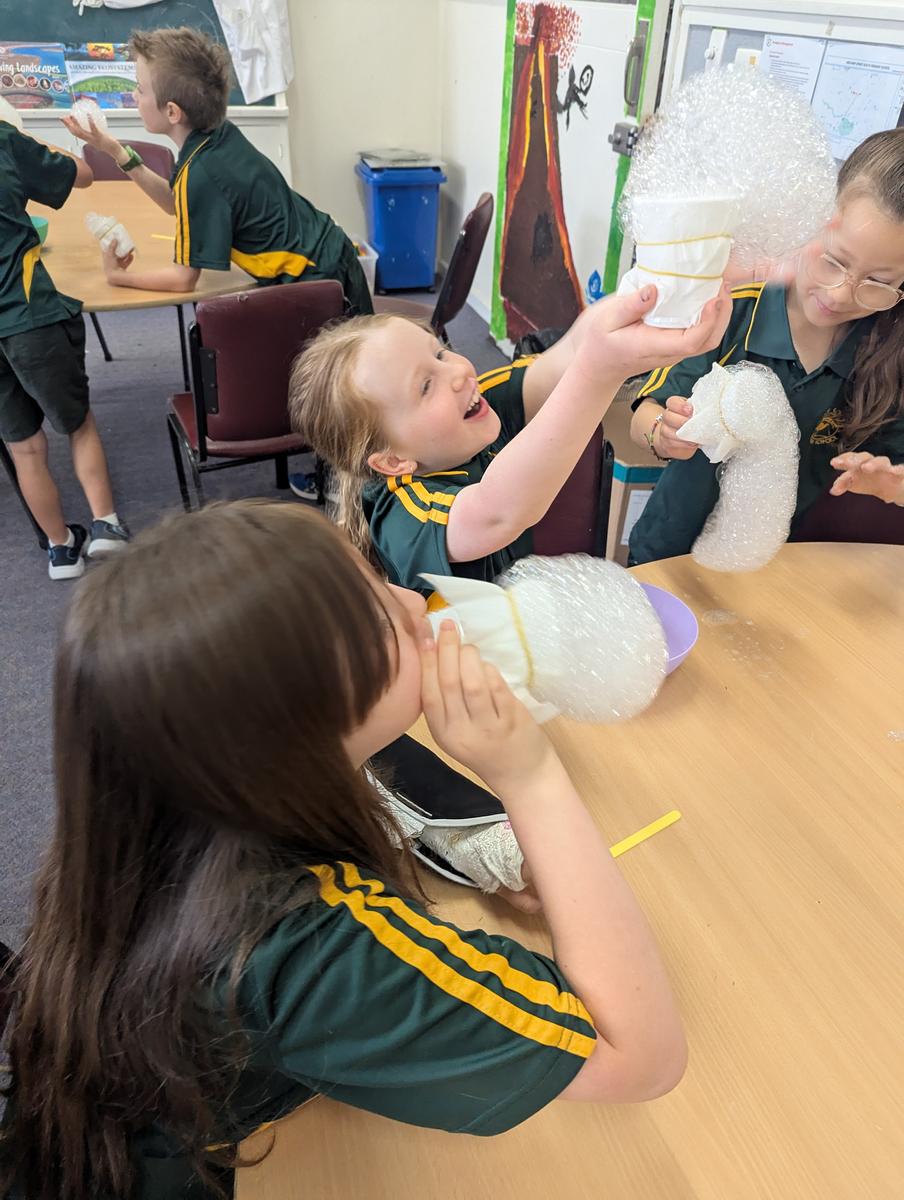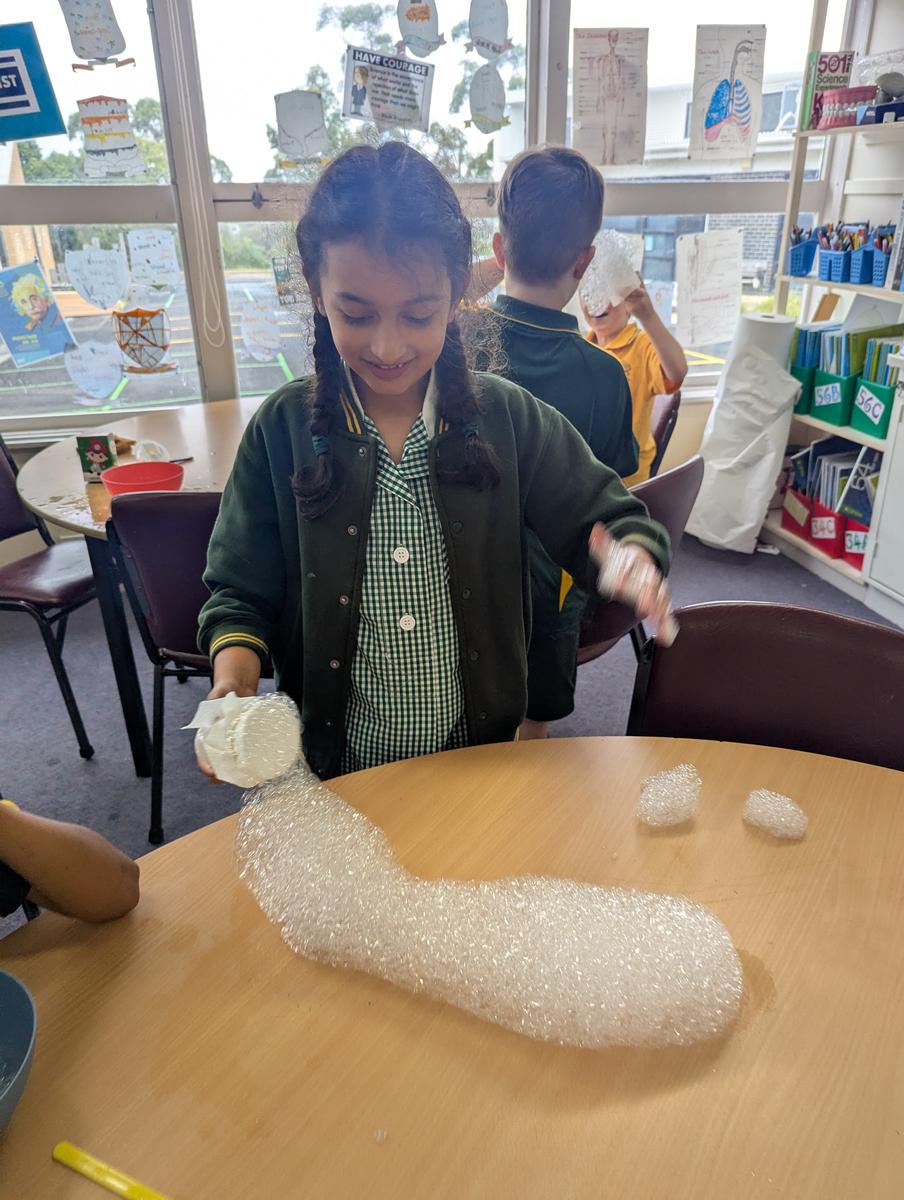Science
You matter. Unless you multiply yourself times the speed of light squared. Then you energy.

Science
You matter. Unless you multiply yourself times the speed of light squared. Then you energy.
We look forward to partnering with you in 2024, and welcome your input:
Hayley Oliver (Science) Hayley.Oliver@education.vic.gov.au


Every year I say the same thing, but I can’t believe we are at the end of the year. I feel like it comes around so quickly, every year. I hope you are all able to share some quality family time and enjoy some beautiful weather.
It’s been a busy year in the Science room, but I hope all the students have enjoyed the learning and activities we have had. I would like to wish all the year 6s the best of luck, next year and beyond. I hope that I have been able to ignite a passion (no matter how big or small) for Science.
Here is a little recap of what we have done over the last few weeks.
The grade 3/4 students have been researching two different animals and learning about the different structures and features of two animals and then comparing them. They have worked really hard throughout this activity and have been really engaged learning lots of information. I have also loved it when they have shared that information with me too.






















The students have also learnt about different types of bats found around the world, such as, Australia, New Zealand, Central and South America and Brazil. It was interesting to see how much they vary, such as the size of their body, their ear size, the shapes of their wings and bodies and their speed of flying. Can you believe the Brazilian free-tailed bat is the fastest mammal in the world. It can fly as fast as nearly 161km per hour! The students then had a go at drawing a bat and seeing if they could figure out a way to make its wings flap, making sure they weren’t shaking the bat and only using one hand. This challenged a lot of students with using problem solving skills.
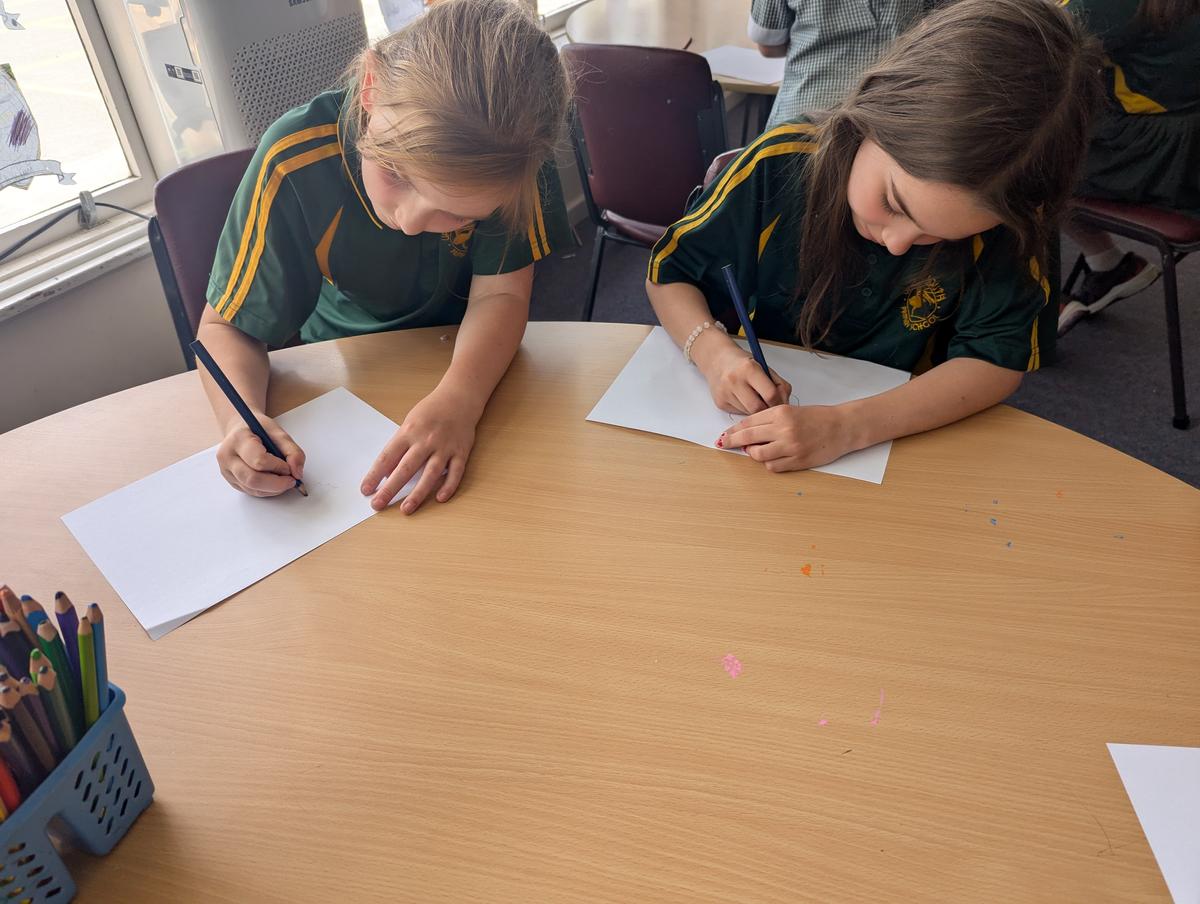








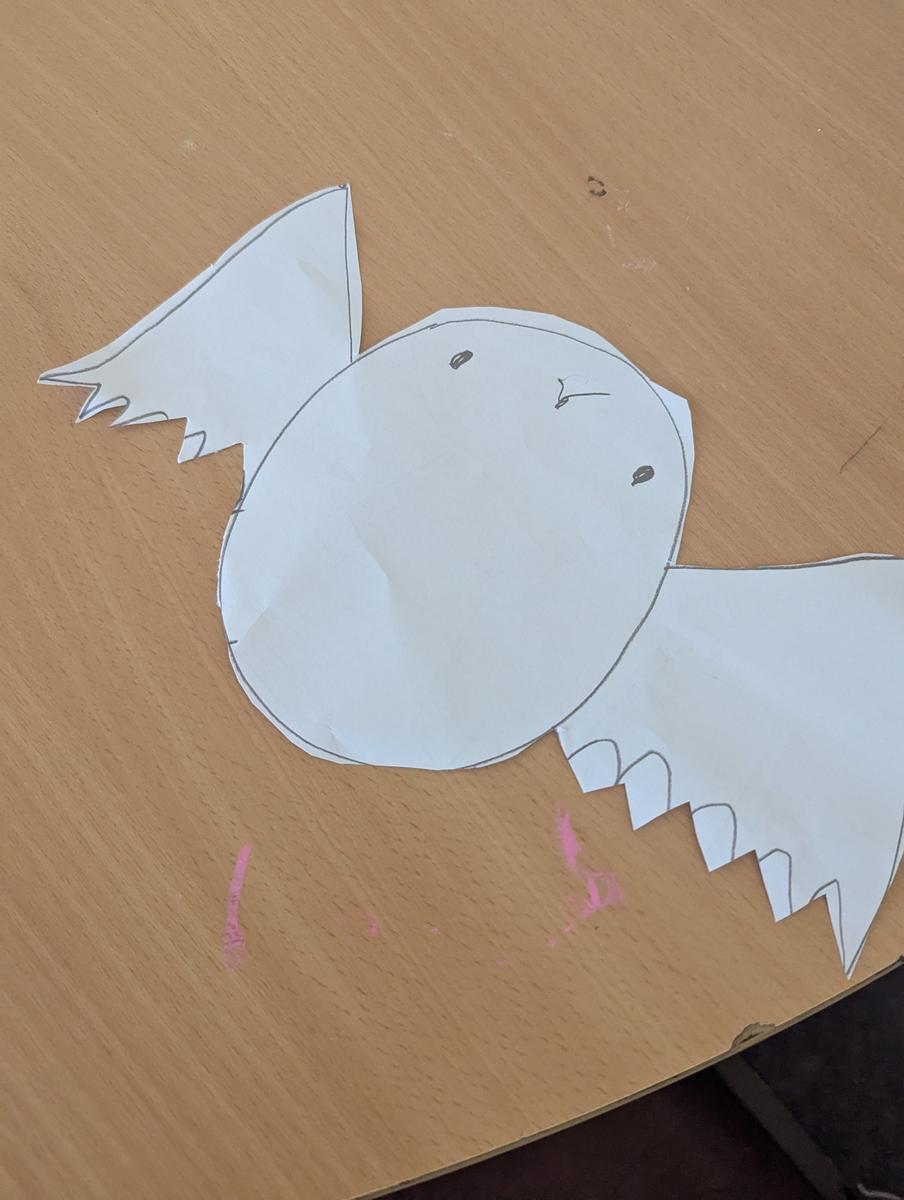








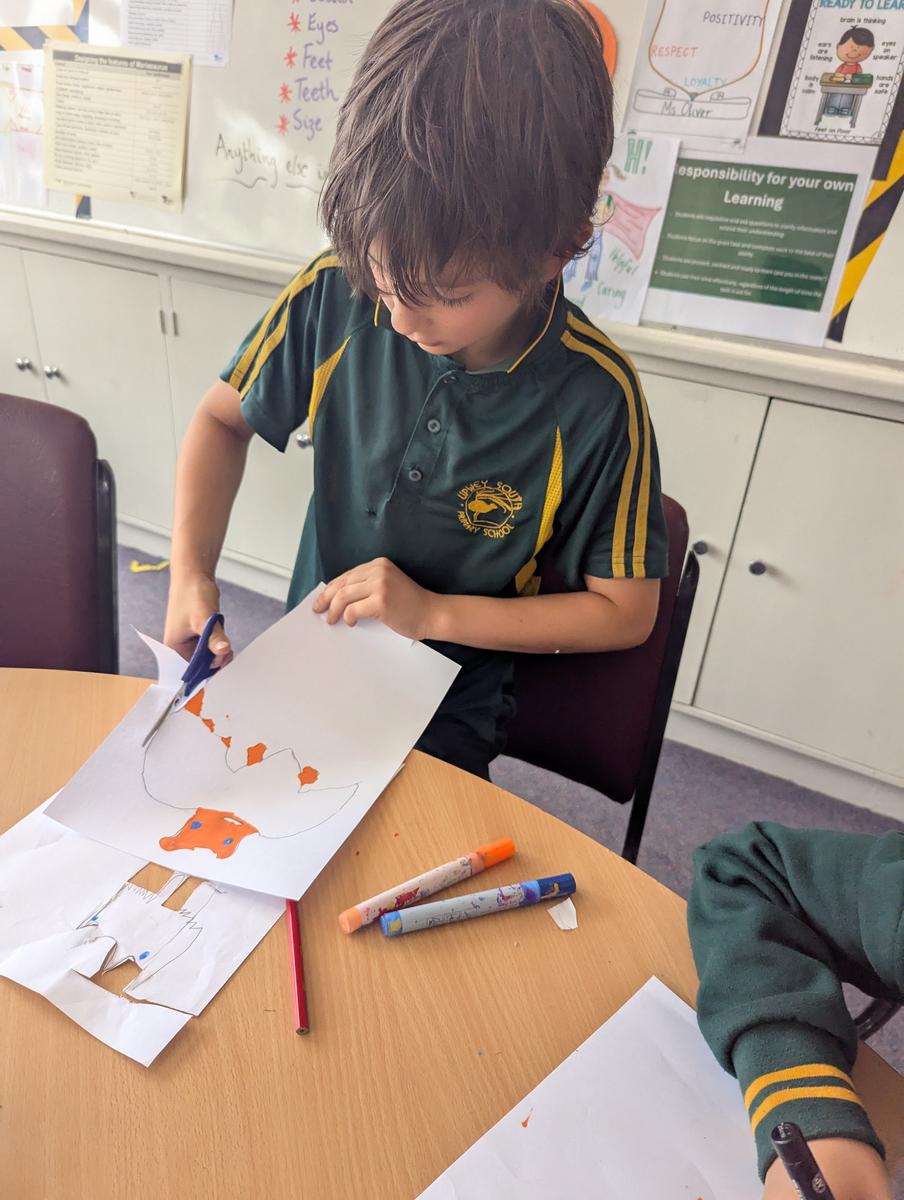


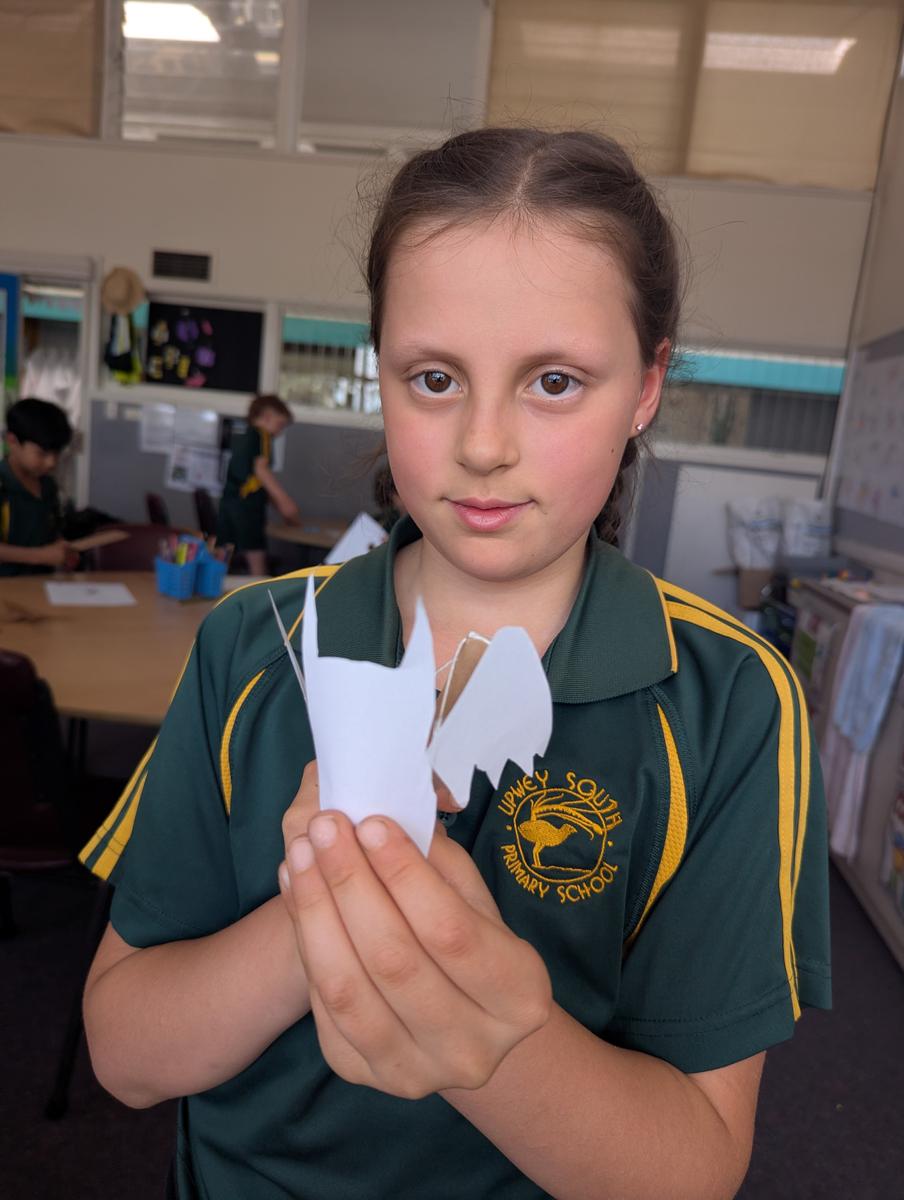


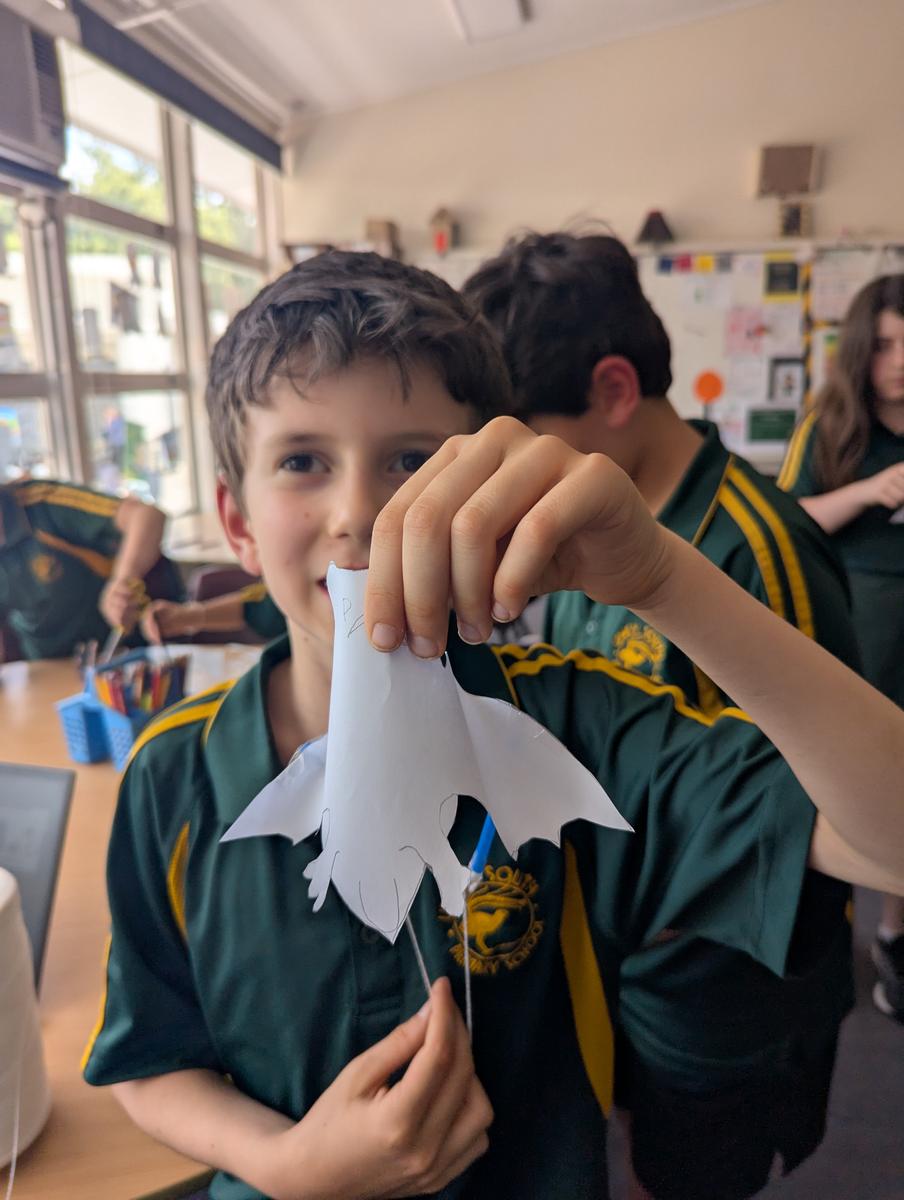



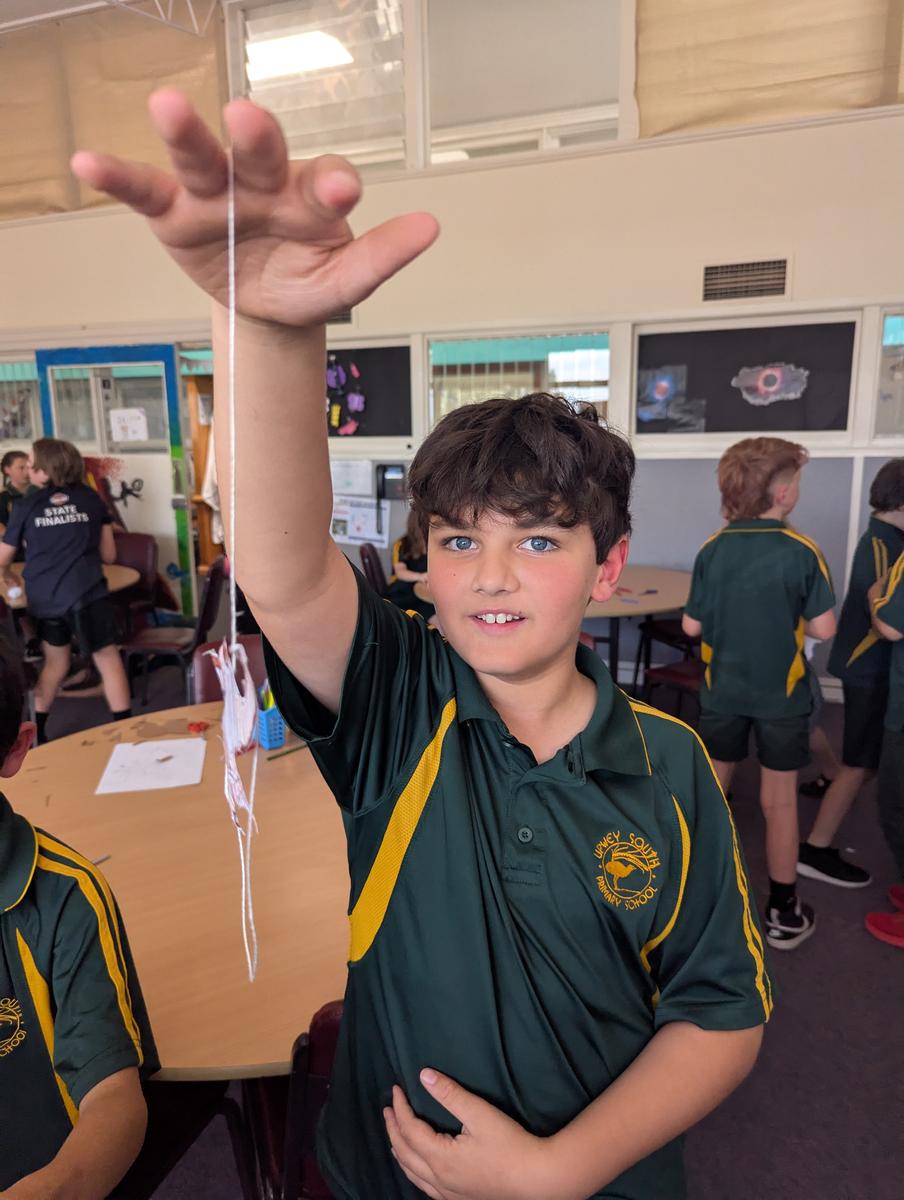


































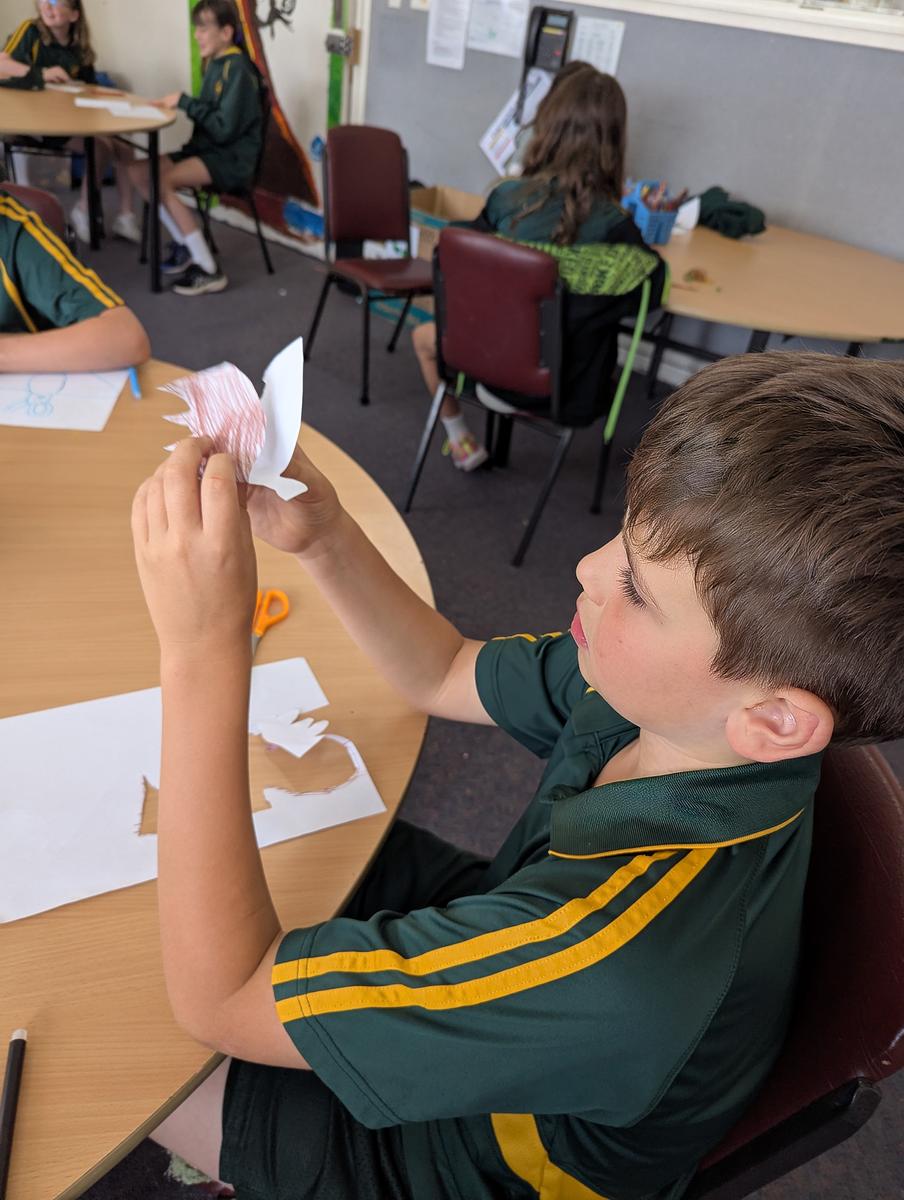
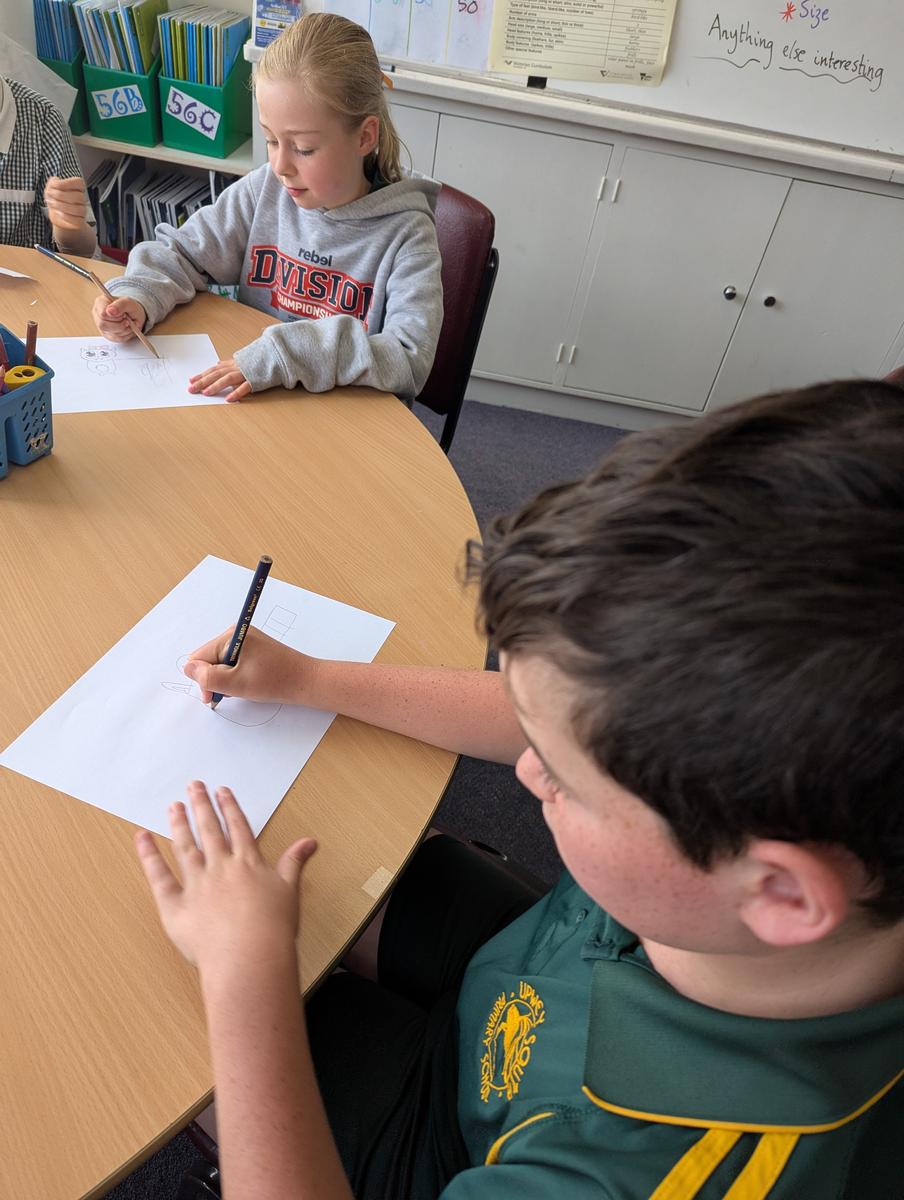










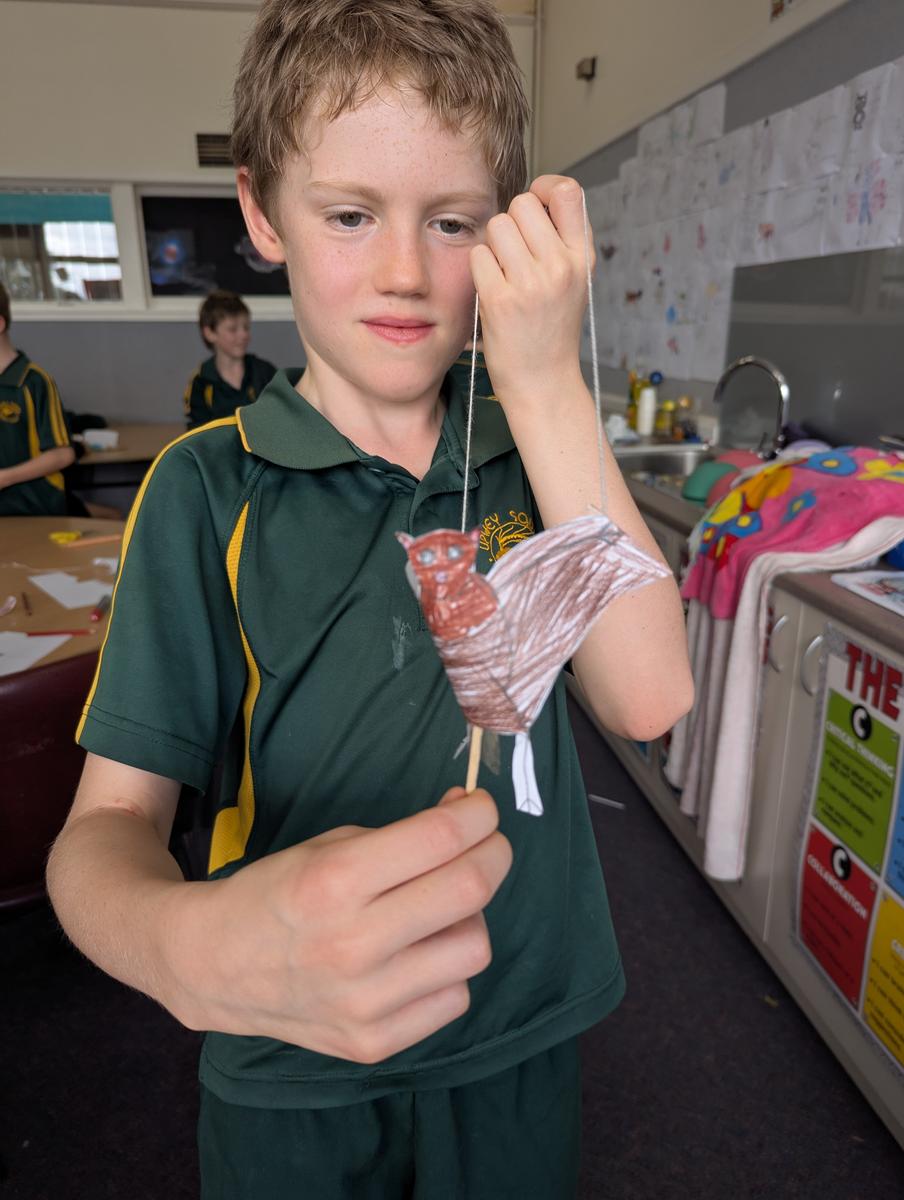






















The students have finished travelling around Australia, in their WebQuest. Along the way they found out all about the different types of Australian animals and the different environments and conditions that they live in and the way they need to adapt to survive in those conditions.
Using this knowledge, the Grade 5/6 students then created an animal of their choice, it could be a new dinosaur, a mythical creature or anything else. They had to choose from a range of structures and features and ensure that their animal could live and survive in an Australian environment. The students were really engaged throughout this activity and they came up with an amazing range of brand new creatures!
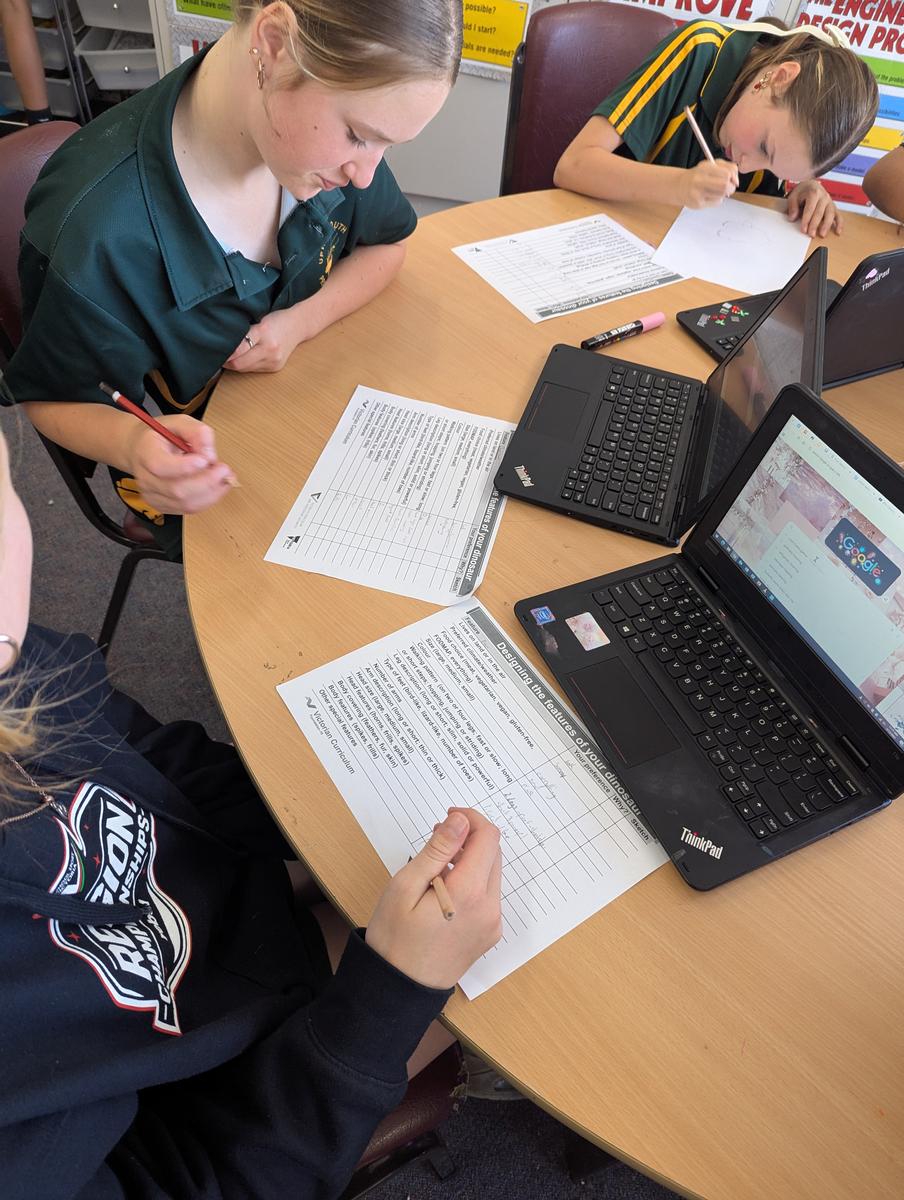










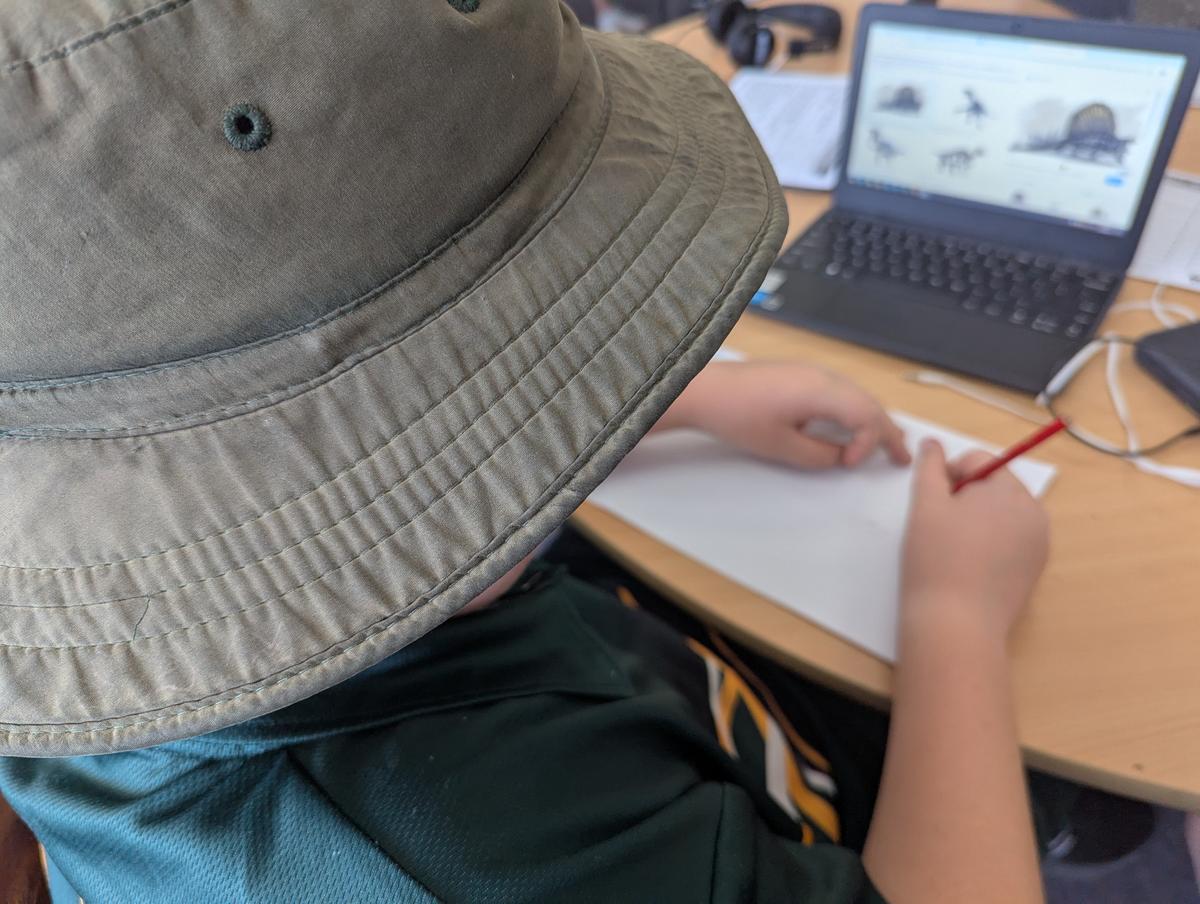




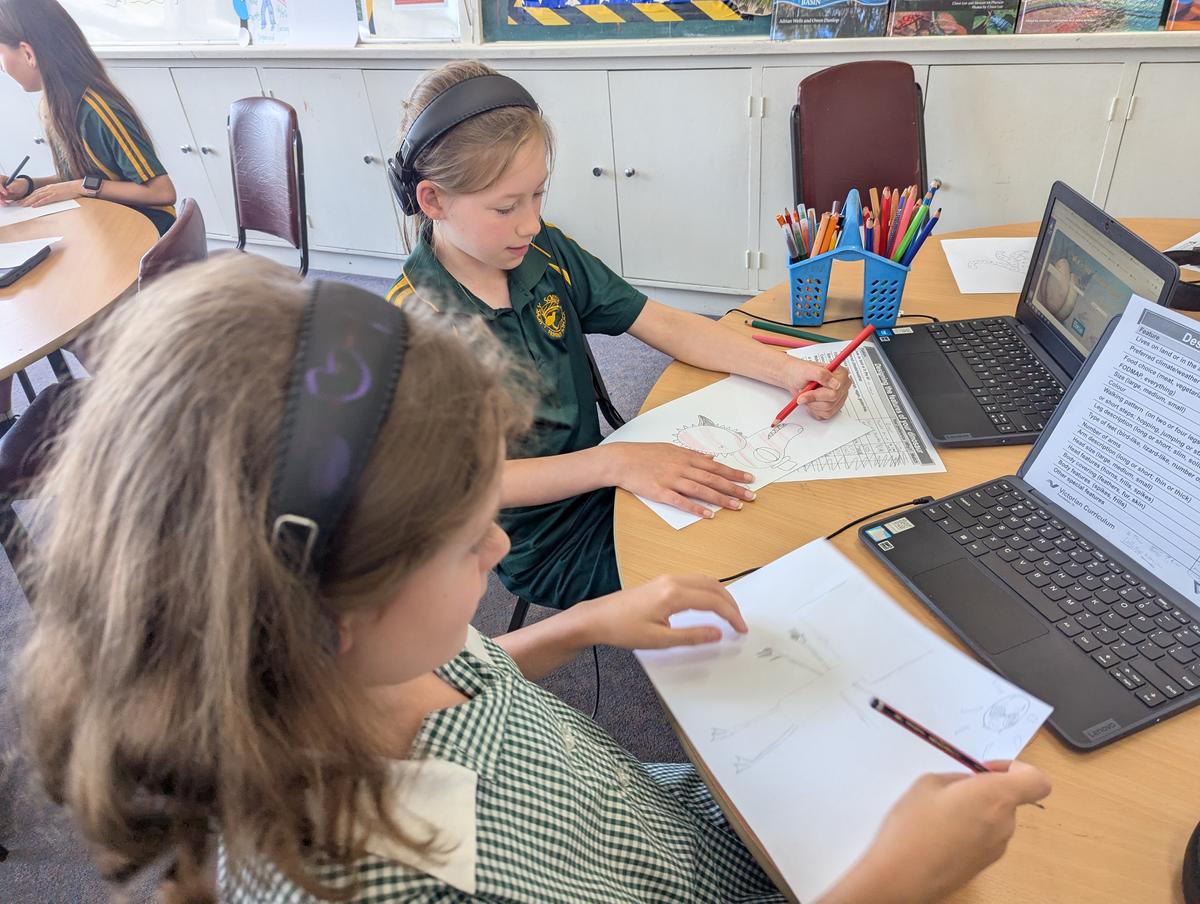




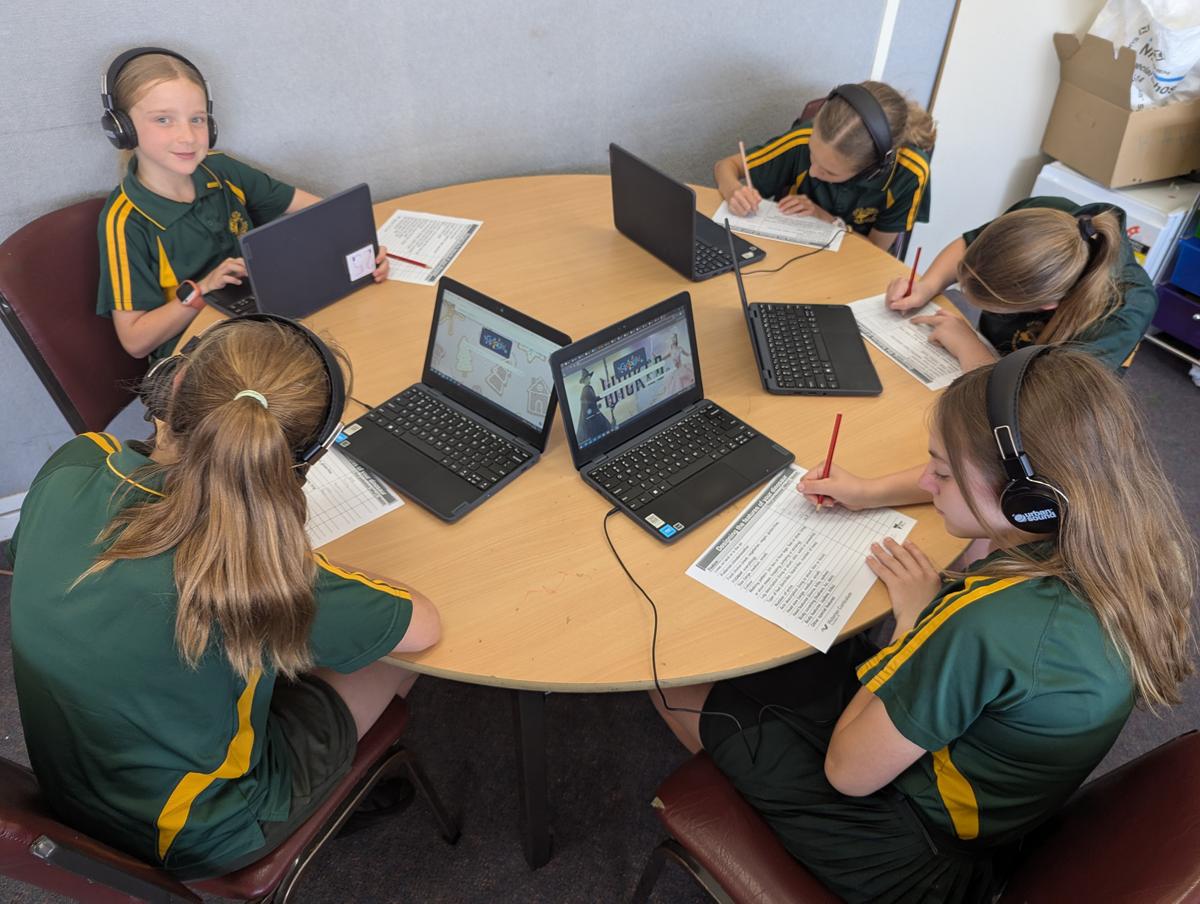































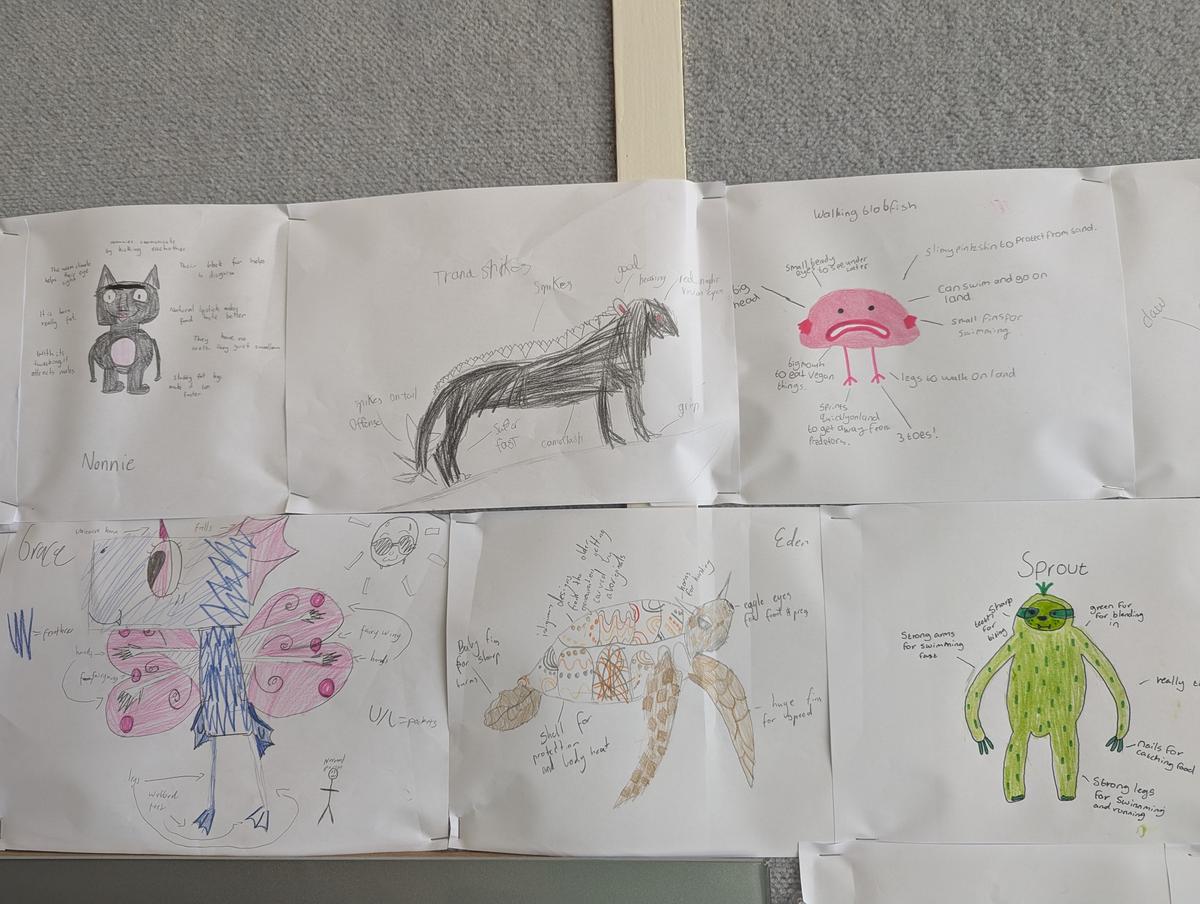

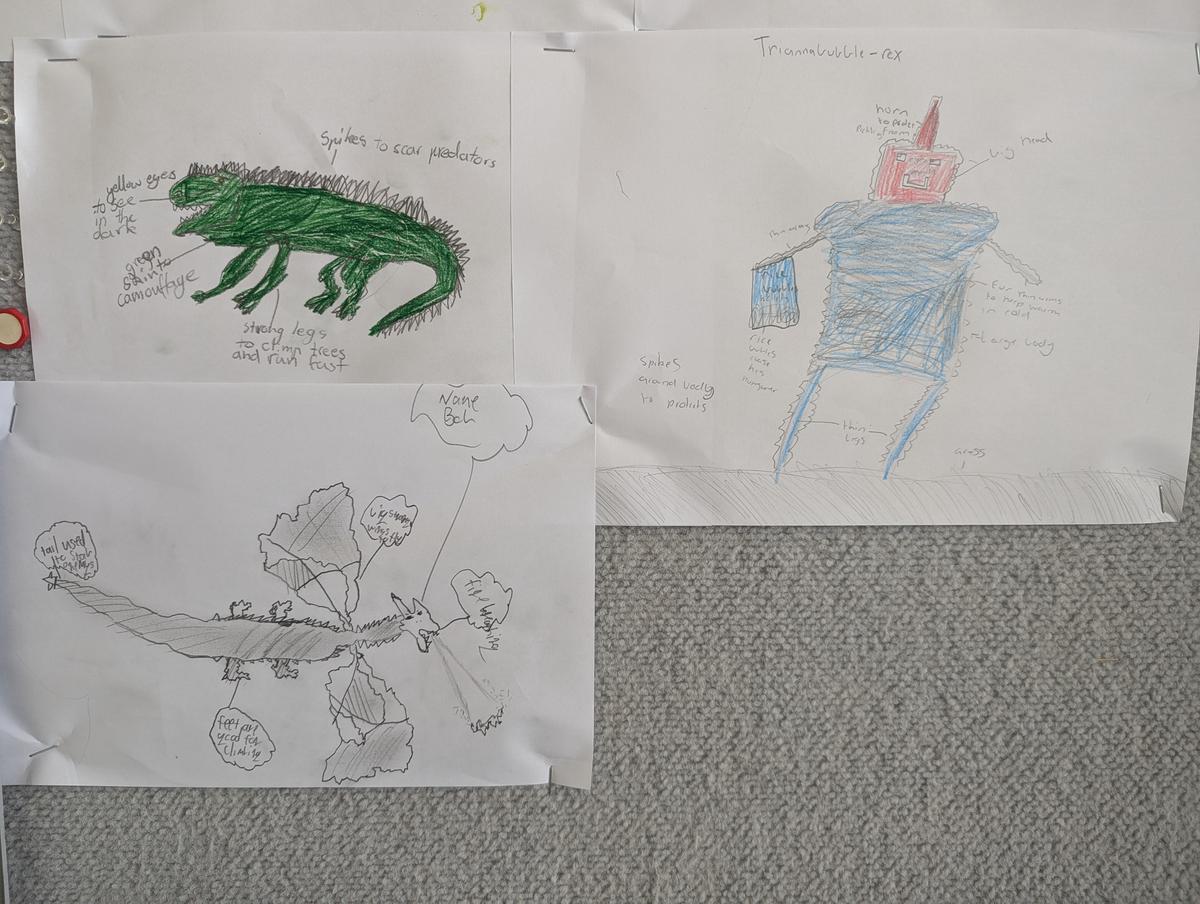








I just wanted to extend a special thank you, to Cath Shephard, who generously volunteered her time to take the 3,4,5 and 6 students for a special science demo, this week. We were all a bit in awe at the size and bounciness of some of her bubbles. It was a really fun way to end the year and we appreciate your time so much, Cath.







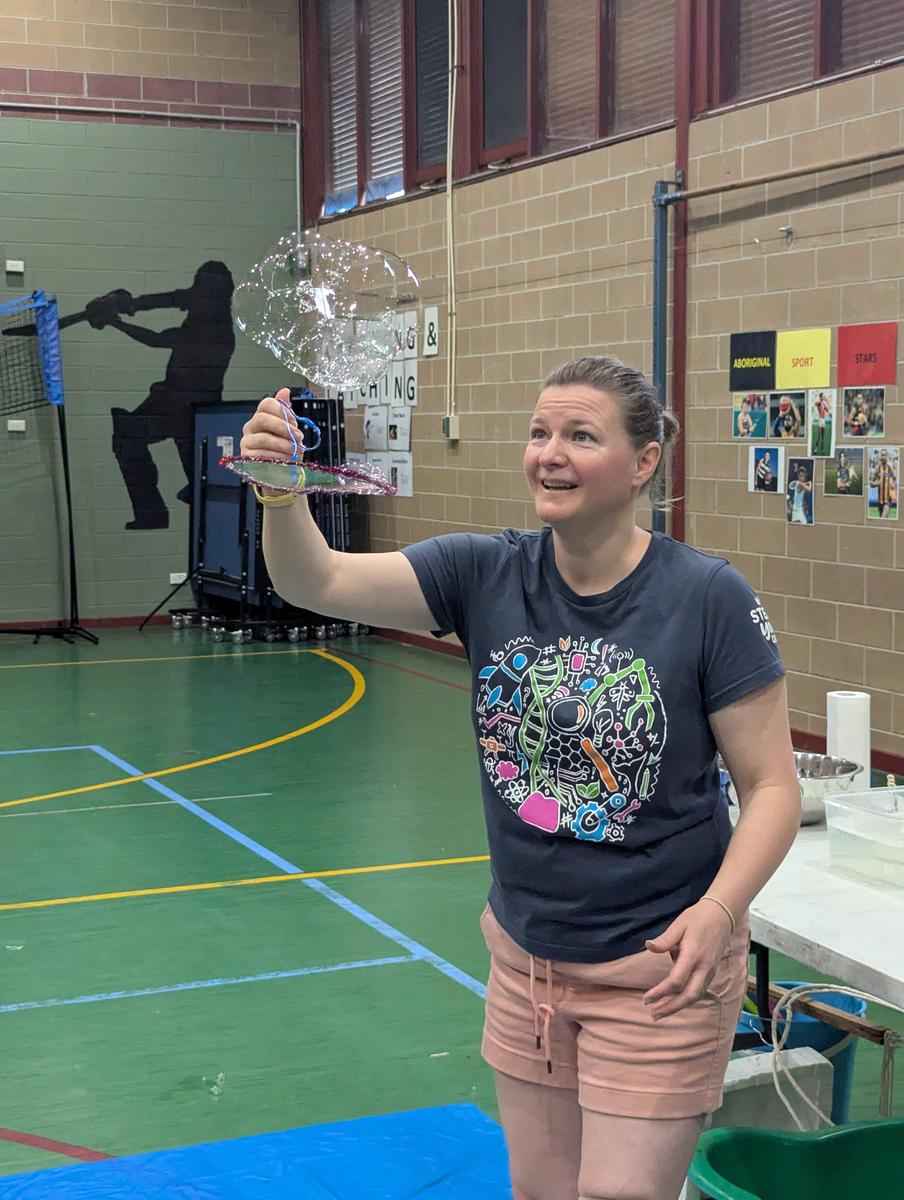















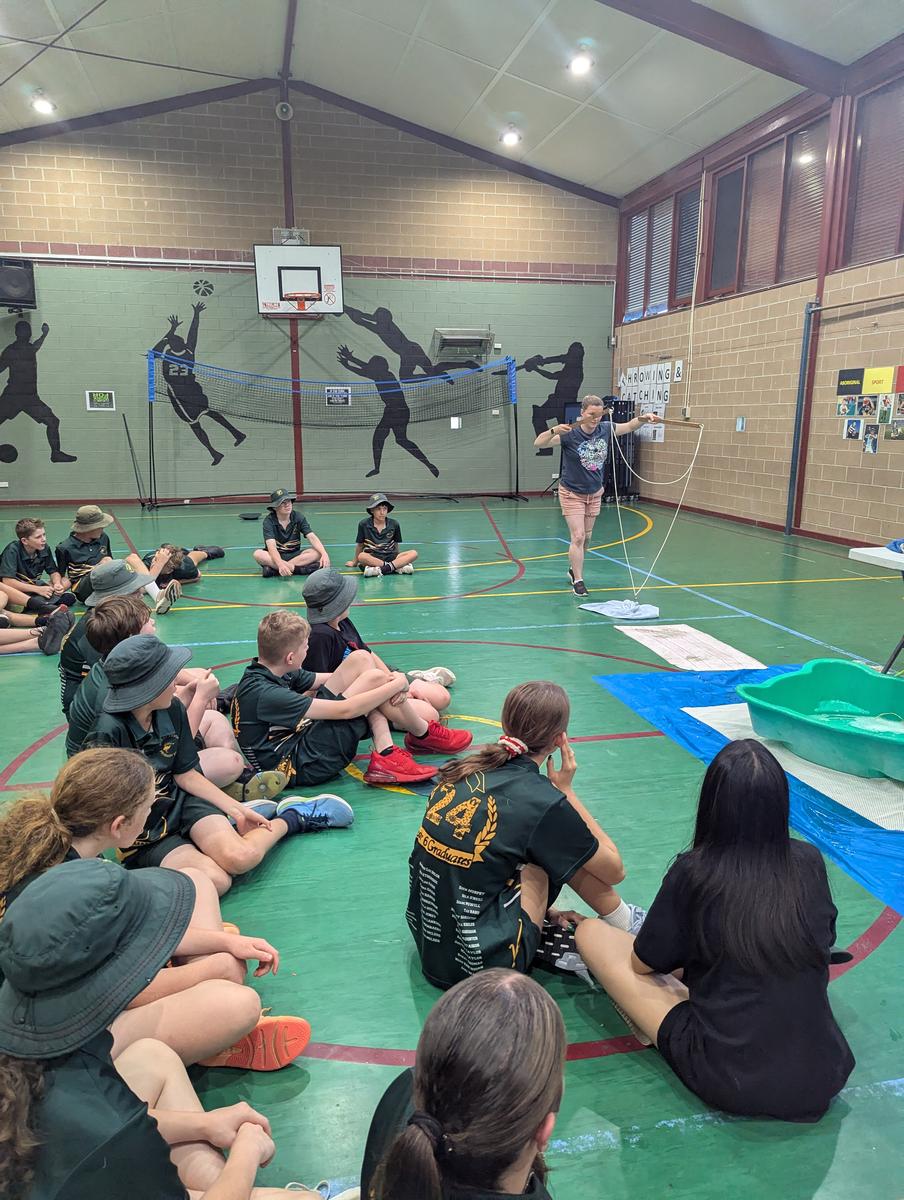













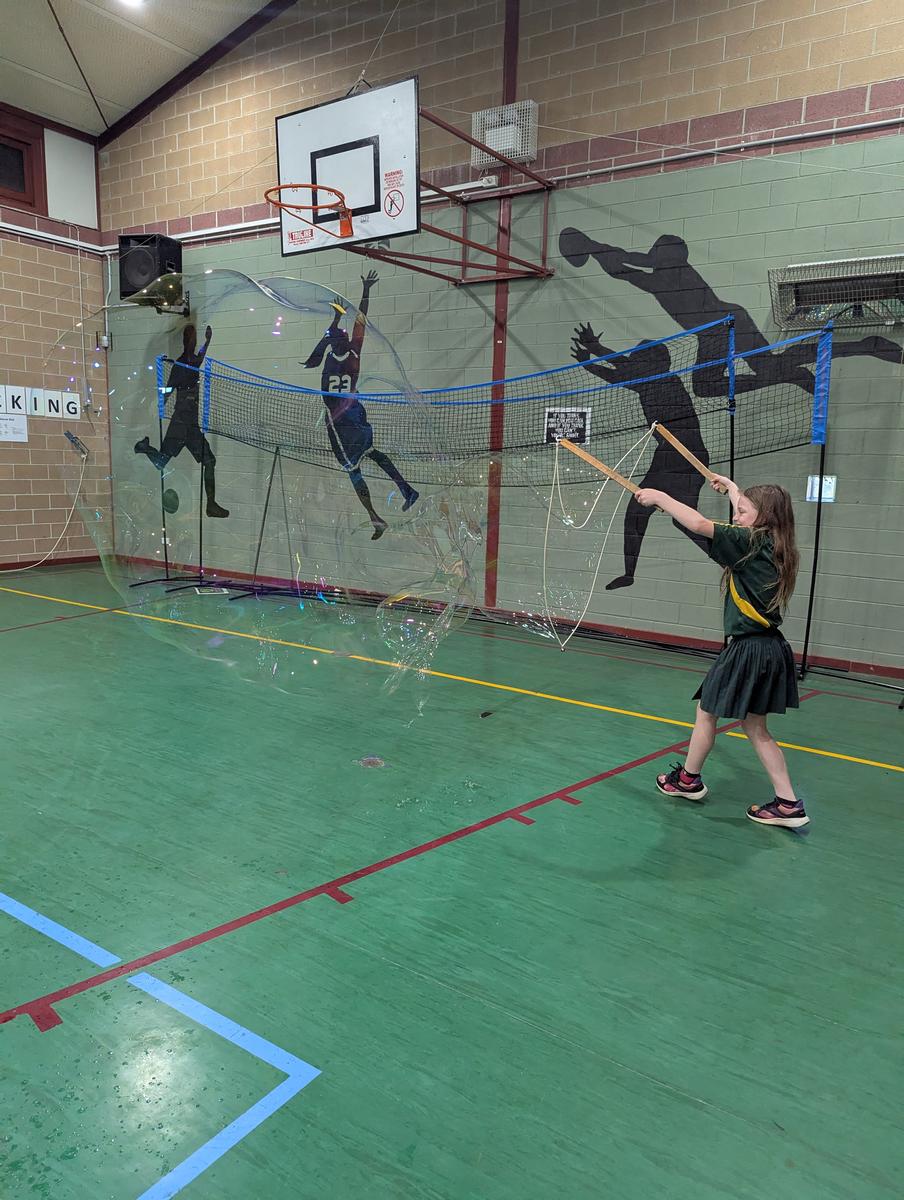








































































Cath has also been so kind as to share her recipe for bubbles below as well as how to make awesome bubble wands! Thanks again, Cath, perfect fun for the school holidays!
Here is the bubble recipe I used:
Optional:
To help make bigger bubbles:
To help bubbles last longer:
Probably worth noting that the Kmart bubble mix is actually almost as good as a homemade mix and is only $5 for 2L and much easier than buying and mucking around mixing everything up!!
Bubble wands:
*Note: you must use yarn or cord made from natural materials. Synthetic (acrylic) yarn won’t work for bubble wands.
To finish our year, we revisited the calming technique of bubble breathing. I thought rather than just sit and pretend to blow bubbles, we should make our own bubbles to blow. The students had so much fun making their bubbles, and then using their bubble breathing technique to blow their bubbles. This was such an enjoyable way to finish our year of Berry Street.
